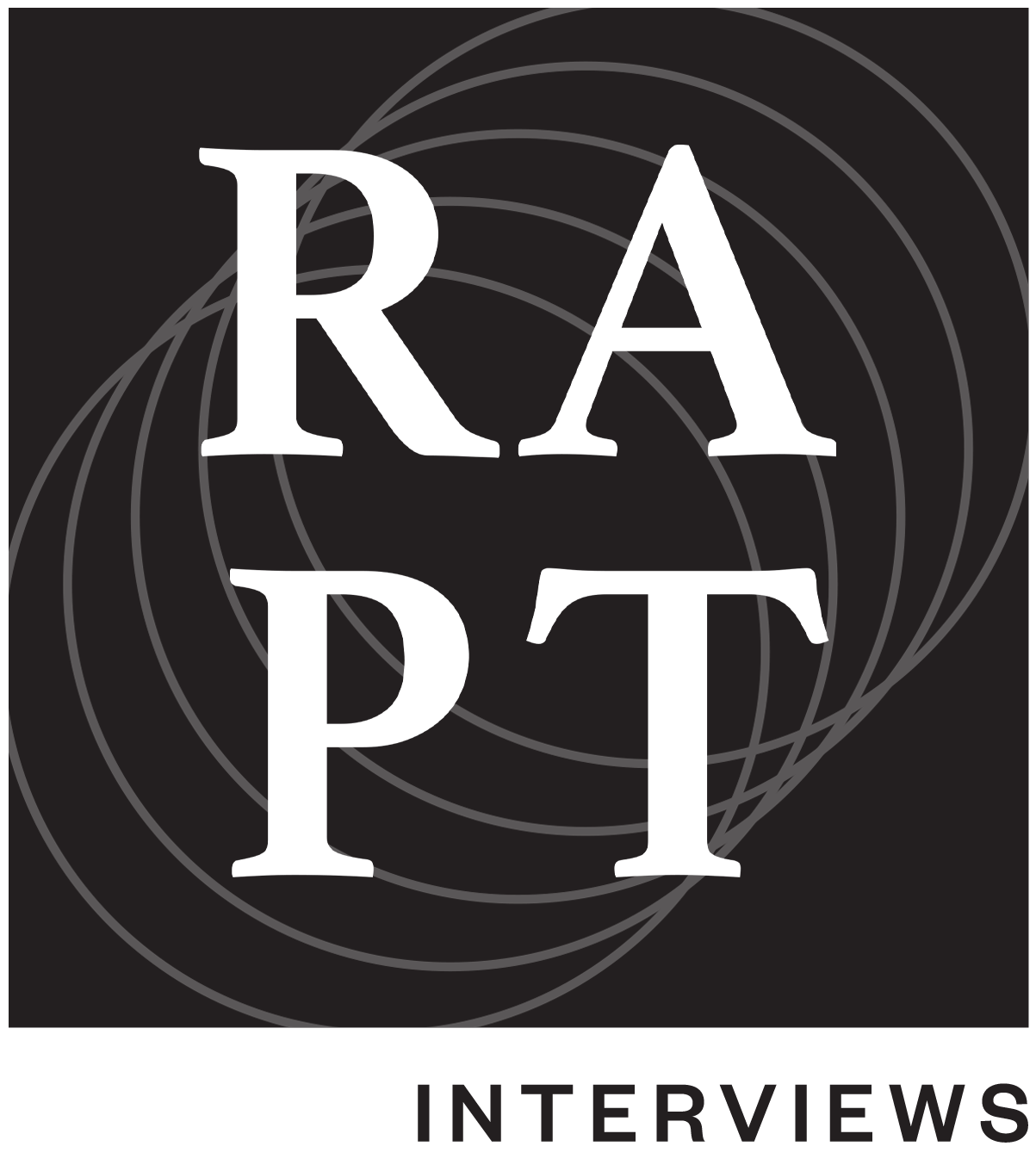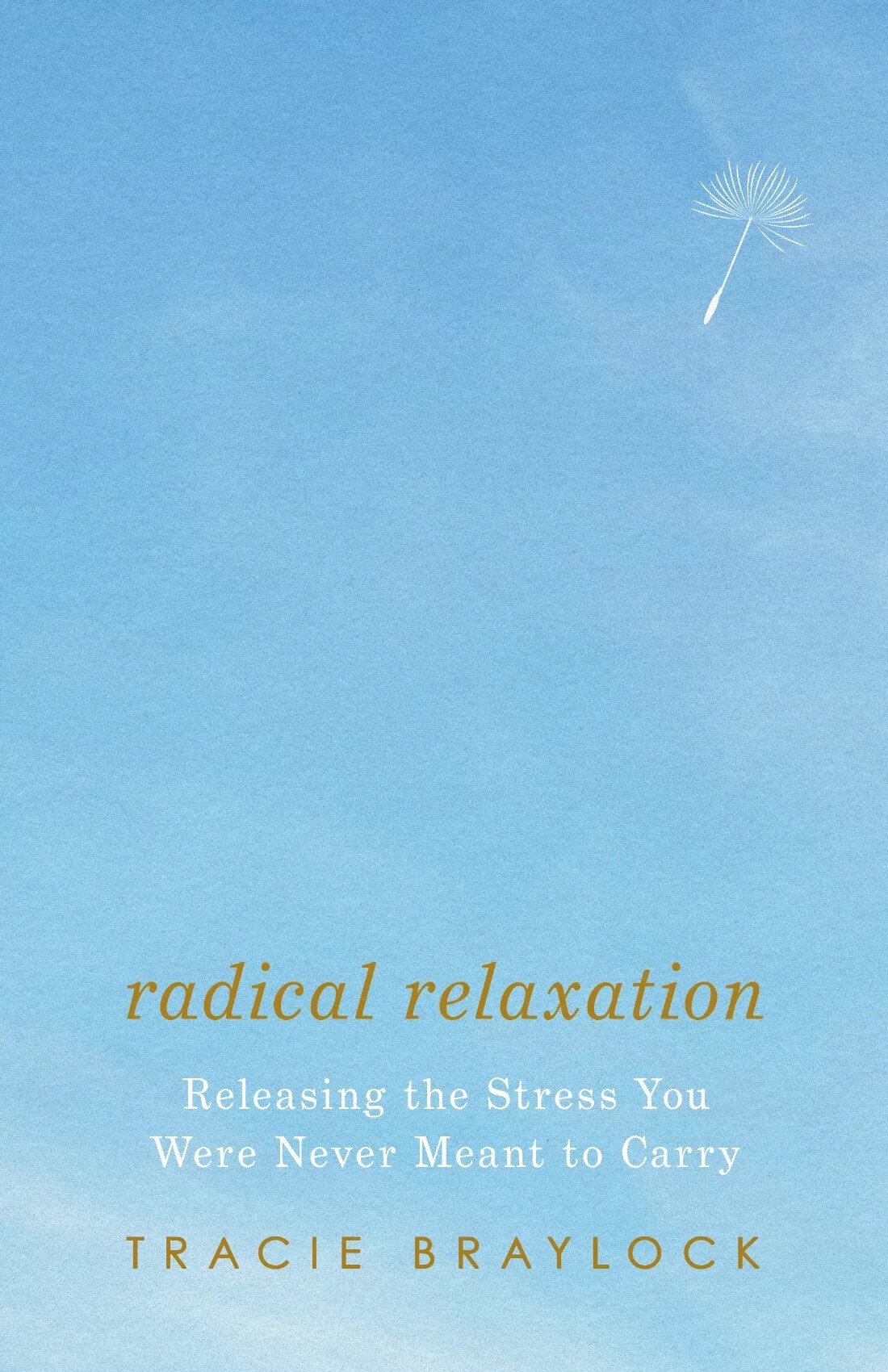Bypass: Learn to Reroute To Avoid Stress
Tracie Braylock
6 min read ⭑
When an artery in the heart is partially or completely blocked, a coronary artery bypass surgery creates a new path for blood to flow around the blockage. That’s what we’re going to do for your stress.
We’re not pretending that stress isn’t present. The stress in your life is real to you, and it may take time for you to sort out some of your stressors, heal from their impact and eliminate them from your life. In the meantime, know that although stress will come, as you walk through the fire of it, you will not be consumed (Isaiah 43:2), and I’m going to teach you how to reroute your relaxation, creating a new path around what’s stressful so that relaxation can flow in your life as you learn to rid yourself of stress.
Denys Nevozhai; Unsplash
Rerouting your relaxation begins with creating a relaxation response trigger. For example, when my children were little, I began singing “Jesus Loves Me” to them before nap time. It was a simple way to help them unwind and prepare themselves to rest. After a few days, they’d begin to yawn as soon as I started singing because a trigger had been created, and the song indicated that it was time for a nap. Many years later, we still sing “Jesus Loves Me” at bedtime because its re laxing effect remains.
In order to create a relaxation trigger, you begin with the intention of creating a relaxation response within your body. This can be done with music, like our bedtime song, aromatherapy, prayer, a word, a phrase, a meditation or an image. Once you select what you’re going to focus your attention on, comfortably rest in a quiet place. Close your eyes, relax your muscles and breathe normally. As you breathe, focus your attention on your word, prayer, image or whatever you’re using to generate your relaxation response. If other thoughts arise, simply allow them to pass as you return to your focus. Practice this exercise once or twice a day for ten to twenty minutes. After you’ve successfully created a relaxation response trigger, you can expand your practice to include other triggers, such as sitting quietly and drinking a cup of tea, soaking in a bathtub, writing in your journal, doing an art project or viewing an Instagram feed. Yes, my Instagram feed is intentionally designed with pictures of nature and natural elements to help elicit the relaxation response when you visit my page.
The point is, with time and practice, you can create a relaxation response trigger using whatever practice you’d like. Simply set your intentions, focus and cultivate your relaxation response.
Drs. Herbert Benson and William Proctor created the Benson Henry Protocol, which includes a second phase designed to deepen your relaxation response: visualization.
Through the use of mental imagery, you engage healing expectation, belief and memory.
This practice is geared toward those who are already experiencing an illness, medical condition or stress and strives to help them remember their wellness by counteracting and uprooting the thoughts, expressions and influence of illness. Because after someone has been ill, in pain or stressed, their nerves, the synapses in their brain, and even their genetic responses become programmed to exhibit the problem. The use of visualization following the relaxation response helps to create new nerve connections, reversing the illness process and rewiring healing and wellness.
The visualization phase should begin immediately following the relaxation response triggering practice and requires about ten minutes to complete. Visualize yourself in the most peaceful setting of your choosing, free of your illness, pain or stress; using a measure of faith, begin to expect and believe that your healing is possible.
Your Self-Care Routine
One way to implement and maintain your relaxation practice is to incorporate it into your self-care routine. Unfortunately, because of its subjective nature, self-care can be misunderstood. In nursing, we always assess one’s desire and ability to practice self-care because it’s viewed as vital to your health, healing and overall well-being. So let’s go ahead and address three common myths regarding self-care.
The first myth I often encounter is that self-care is selfish. Although one can overindulge in self-care, the practice of taking care of yourself is necessary for a healthy existence. Taking time to care for yourself helps you to remain aware of what’s going on in your life, what aspect of your health needs to be tended to, and how you can cultivate deeper healing and relaxation.
“Self-care will help you see stress coming from a mile away, enabling you to stop it and its harmful effects before they start.”
The second myth is that self-care is expensive. Although one can choose to spend money on self-care, there are many inexpensive and free activities that can help you to practice self-care, such as going for a walk, listening to music or reading a book.
The third myth is that self-care takes too much time. It is true that self-care requires an investment of time, but it doesn’t have to take hours out of your day. Even a few minutes can make a transformative difference.
Self-care is a foundational element of your well-being, enabling you to get to know yourself better — what you like and dislike, how you function, and what makes you thrive. It’s easy to blindly subscribe to other people’s best self-care practices, but they may not apply to you. As you regularly care for yourself, you’ll learn to honor the things that are best for you and create a plan that makes sense for your lifestyle.
Self-care is not a luxury. It’s not something that only those with more time, money or resources can afford. Self-care is a necessity that enables you to maintain your health, eliminate your stress and rehabilitate your relaxation response.
Self-care can help you implement non-negotiable aspects of your life, like the number of hours you sleep every night, the type of produce you buy and eat, and the types of exercises you do. It can help you say no to meetings, events and unnecessary busyness that interfere with your schedule and would potentially decrease the amount of time you can spend relaxing and caring for your well-being.
Self-care will help you see stress coming from a mile away, enabling you to stop it and its harmful effects before they start.
Self-Care Strategies
You can honor your own self-care plan by setting boundaries, making space for your self-care practice by blocking off time on your calendar to practice. Pick days and times that you want to have an uninterrupted self-care practice and stick to it. This means making sure that your family and friends are aware of your plans or, at the very least, know you’re unavailable when you’ve scheduled time for self-care. You can also turn off notifications on your devices, set your phone to do-not-disturb and turn on your out-of-office messages. This will ensure that your time is uninterrupted and you get to focus on your self-care.
You can also optimize your self-care routine and relaxation practice by building a self-care kit. If your life is relatively busy and you find yourself with a few spare moments when you can do something for yourself, you don’t want to waste time trying to figure out what to do. Having a self-care kit prepared ahead of time enables you to utilize your time effectively.
With regular relaxation practice, you’ll become more aware that your relaxation response has been activated and your practice is working if you feel more relaxed after you’ve completed a relaxation practice. If you’re starting to feel more in control of your stress, feelings and life than you did before you started your relaxation practice, it’s working. If the things that were stressing you before no longer seem to impact you as greatly, again your relaxation practice is working.
You can also begin using a technique called biofeedback to determine if your relaxation practice is benefiting you. Biofeedback helps to determine how relaxed you are using measuring devices to monitor your pulse, blood pressure, temperature and brain wave patterns.
You can buy a portable blood pressure machine that can tell you your starting heart rate and blood pressure. You can also use a thermometer. Measure your heart rate, blood pressure or temperature before and after your relaxation practice and write down your results over a thirty-day period. If you’re practicing your relaxation response trigger daily, it’s likely you’ll see your heart rate and blood pressure decreasing over time.
Tracie Braylock is a holistic nurse educator, wellness consultant and the author of Radical Relaxation: Releasing the Stress You Were Never Meant to Carry. Tracie advocates for mind, body, spirit well-being and enjoys reminding others of how they’re created and what they’re capable of. She and her husband live with their four children in Northwest Ohio. Connect with Tracie on Instagram and learn more about her wellness practice at traciebraylock.com.
Taken from “Radical Relaxation” by Tracie Braylock. Copyright © 2025. Used with permission of InterVarsity Press.



